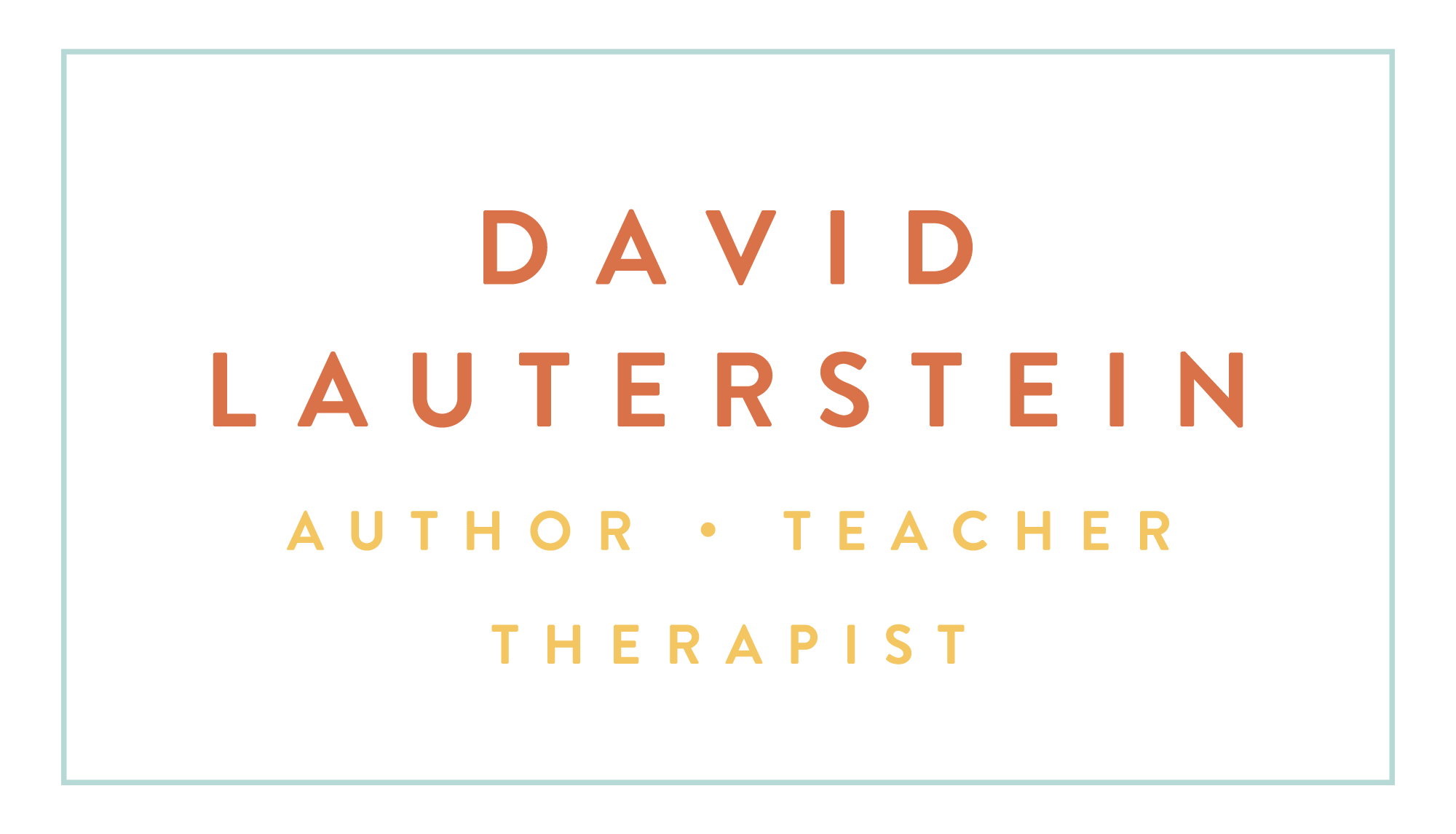CATERPILLAR AND BUTTERFLY
When the caterpillar hears the call, it begins preparing for pupation. The pupa is surrounded and protected by a gold-colored sheath, the chrysalis or by the fibrous sac of the cocoon. Eventually new structures will emerge that were latent in the caterpillar as what are called “imaginal disks.” The adult insect then develops in its own time and when it does, its form is called the “imago.”
Hormones trigger the timing of the changes in the cocoon from what is then called “diapause” (which can last for weeks or even months!) to the enormous transformational phase called “histolysis.” During histolysis, the caterpillar is dismembered, radically disintegrated, and totally reconfigured. Scientists looking inside the cocoon say in this phase it looks almost like the agitation cycle in the washing machine. In a remarkable act of spontaneous courage, the larva must not resist and then performs amazing feats of existential gymnastics. Eventually the body grows and cracks open the pupal shell, gulping in large amounts of air and with this fuel, it has the energy to expand to its full size, pushing its legs forward and spreading its wings. This final process is lightning-fast compared to the earlier stages, taking as little as 15 minutes.
As we grow of course we all have latent qualities from before birth which are later activated through crises, external and internal stimuli, and hormones naturally activated in certain seasons of our lives.
We all have dark nights of the soul during which our former self is dis-integrated. Then we need to go inside. With introspection, insight and inner resolve – we slowly, with help from inside and sometimes from outside, we re-emerge, reconfigured in new phases of life in which our latent qualities can take their rightful place in fulfilling our destiny – what Jung called, “individuation” - attainment and manifestation of a higher level of unity, creativity and purpose in our lives.
note from DL: I’ve added to and edited this text from “Transformation: Emergence of the Self” by Murray Stein.

